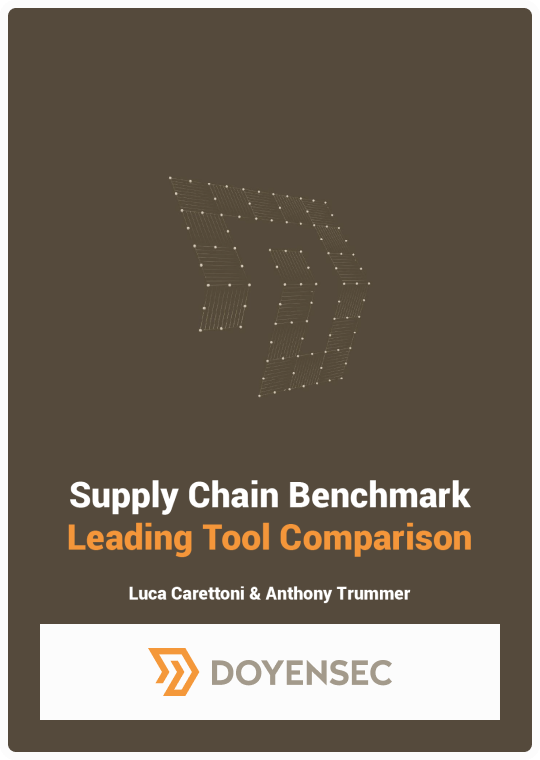Semgrep vs Snyk
Learn how Semgrep improves accuracy, saves time, and delivers a superior developer experience.
Semgrep vs Snyk
Learn how Semgrep improves accuracy, saves time, and delivers a superior developer experience.


Switch to the leader of the pack
Snyk generates too many false positives – creating unnecessary noise for developers.
Semgrep offers better baseline accuracy by filtering out false positives and non-exploitable vulnerabilities, with rule-level visibility.
Semgrep enables teams to resolve issues 10x faster, without manual research.
Devs get tailored, step-by-step remediation guidance, and both AppSec engineers and developers have what they need to ship secure code fast.
Semgrep gives precise control over which findings are shown to developers, and how.
Unlike Snyk’s black-box approach, Semgrep’s transparency reduces unnecessary noise and builds trust with developers.
See the difference
Semgrep dramatically reduces the noise from false positives, aids triaging through AI, and provides contextual, step-by-step remediation guidance during code reviews.
Accuracy
Prioritize and Fix
Experience
Untangle the supply chain
Snyk generates excessive noise for development teams, and burdens already time-strapped AppSec teams with extra work to verify vulnerabilities.
Semgrep dramatically reduces false positives, cutting down on time that AppSec teams would otherwise need to spend investigating, and independent reviewers confirmed this impact.

Leave dogs behind and try Semgrep
Leading engineering teams use Semgrep to secure their code earlier in development, without impact to developer velocity.